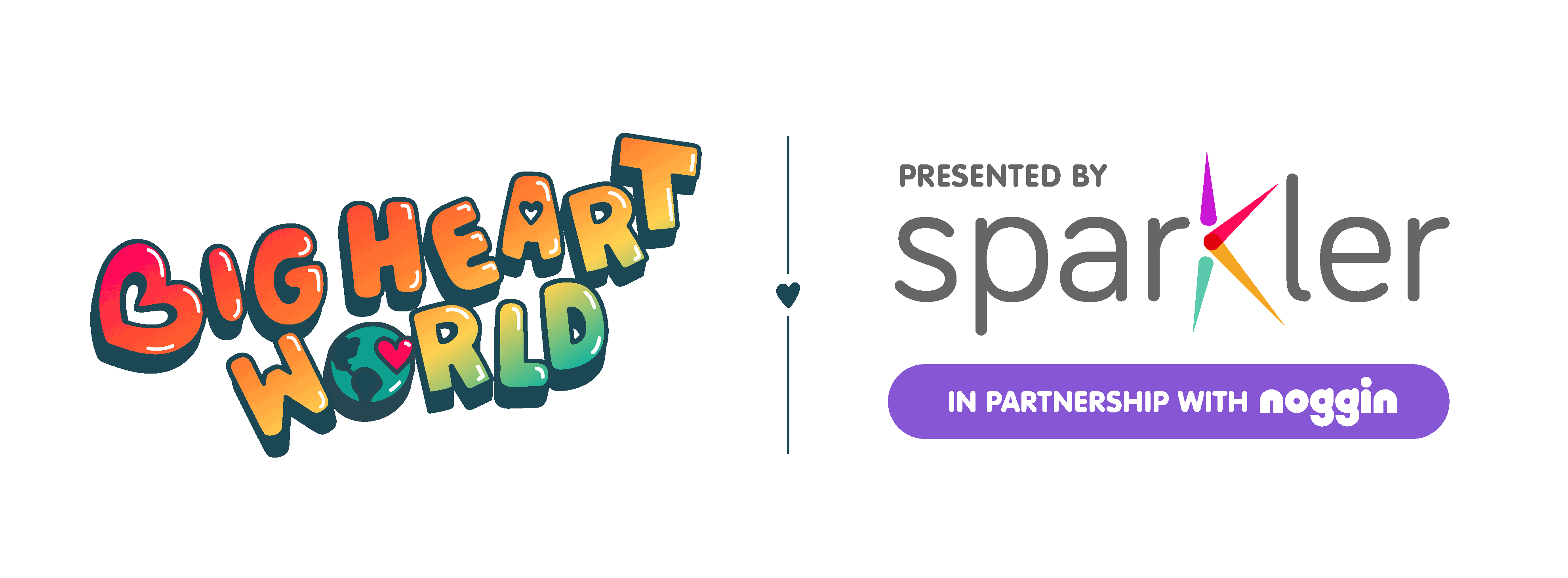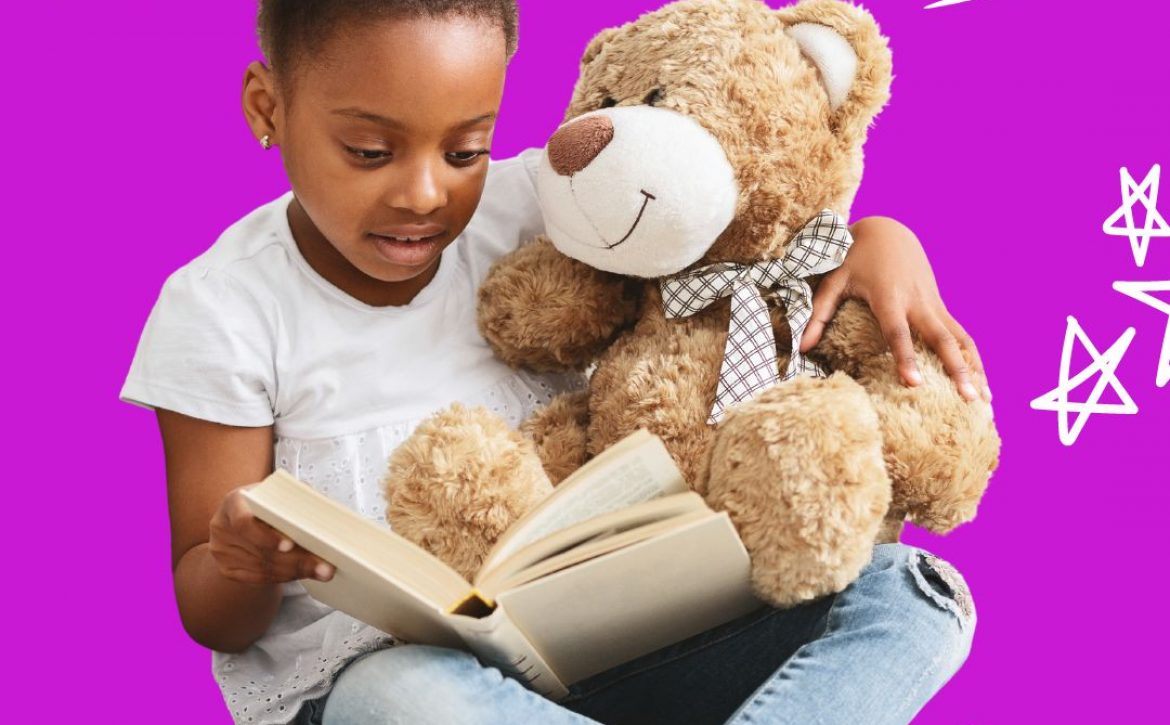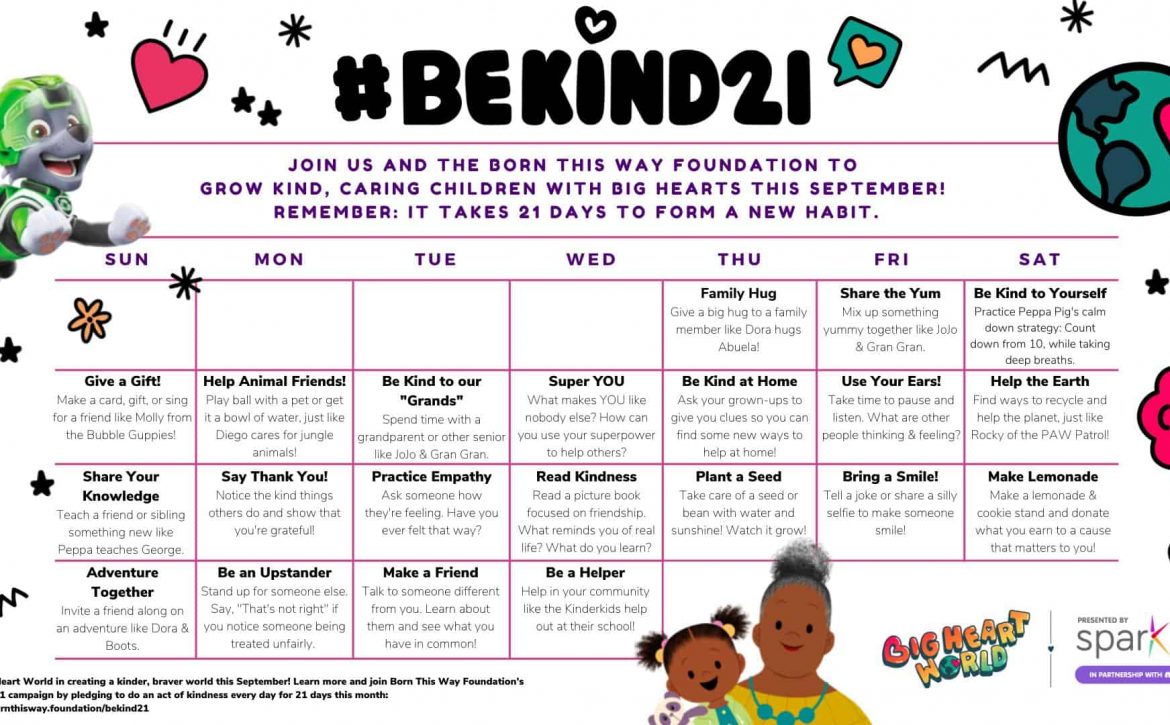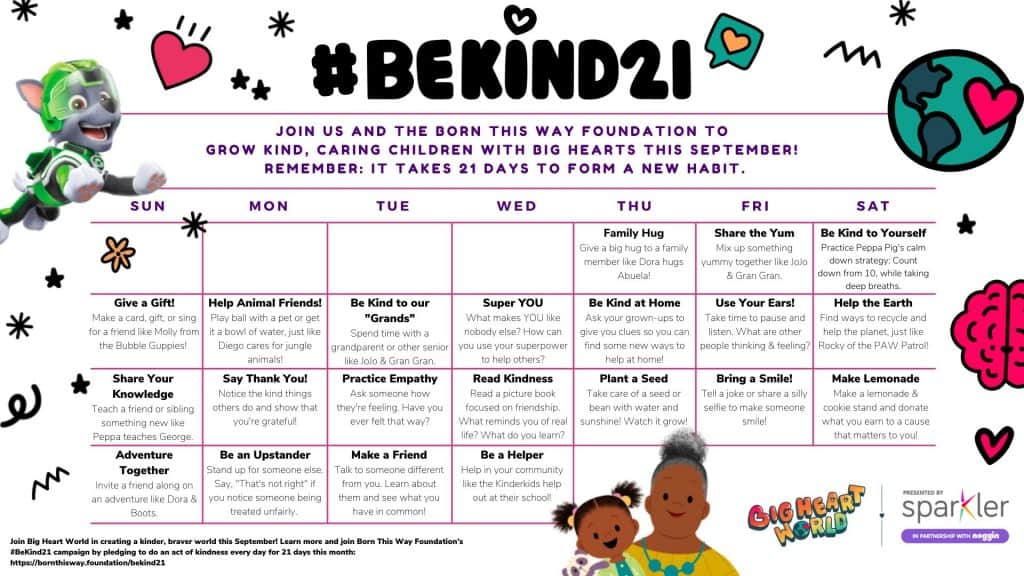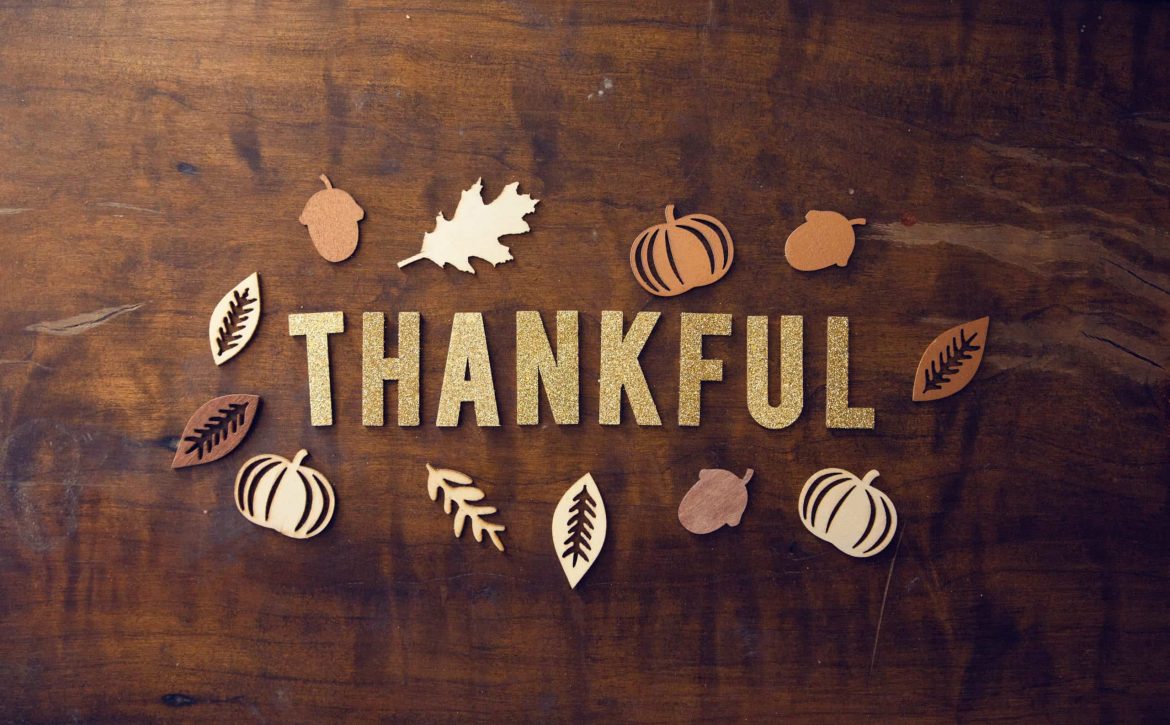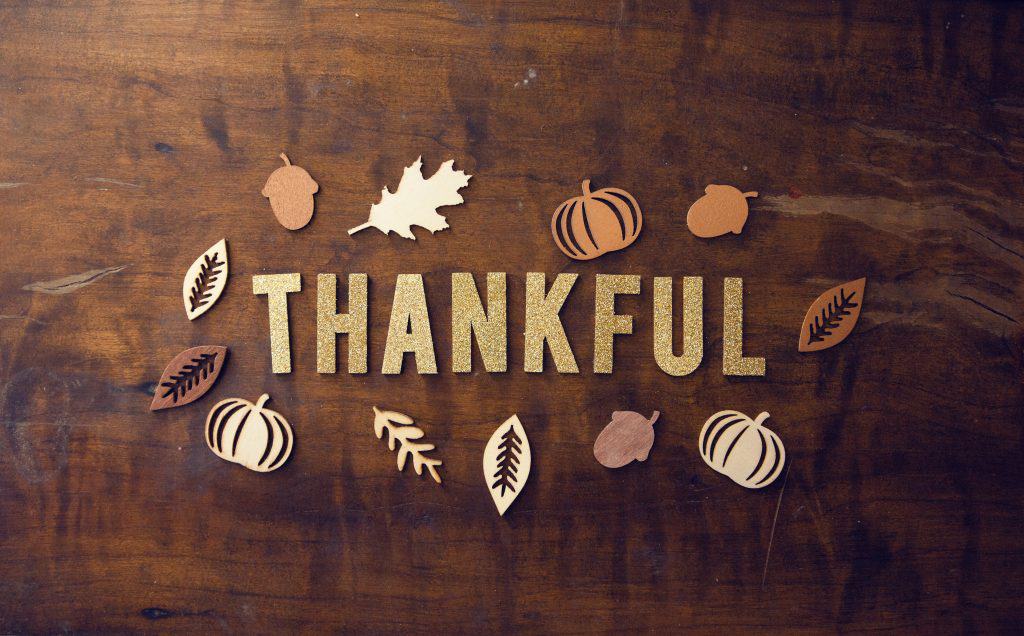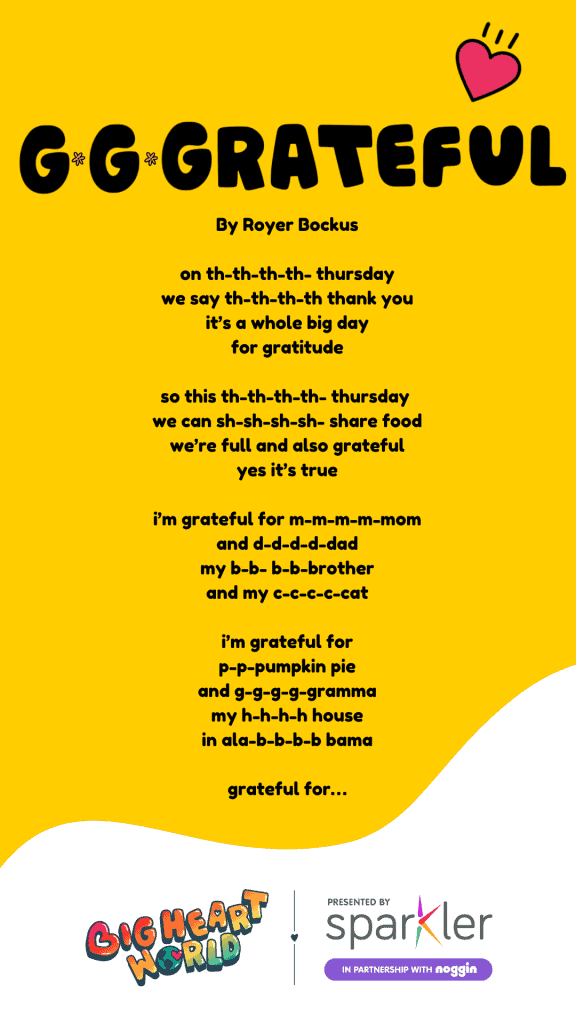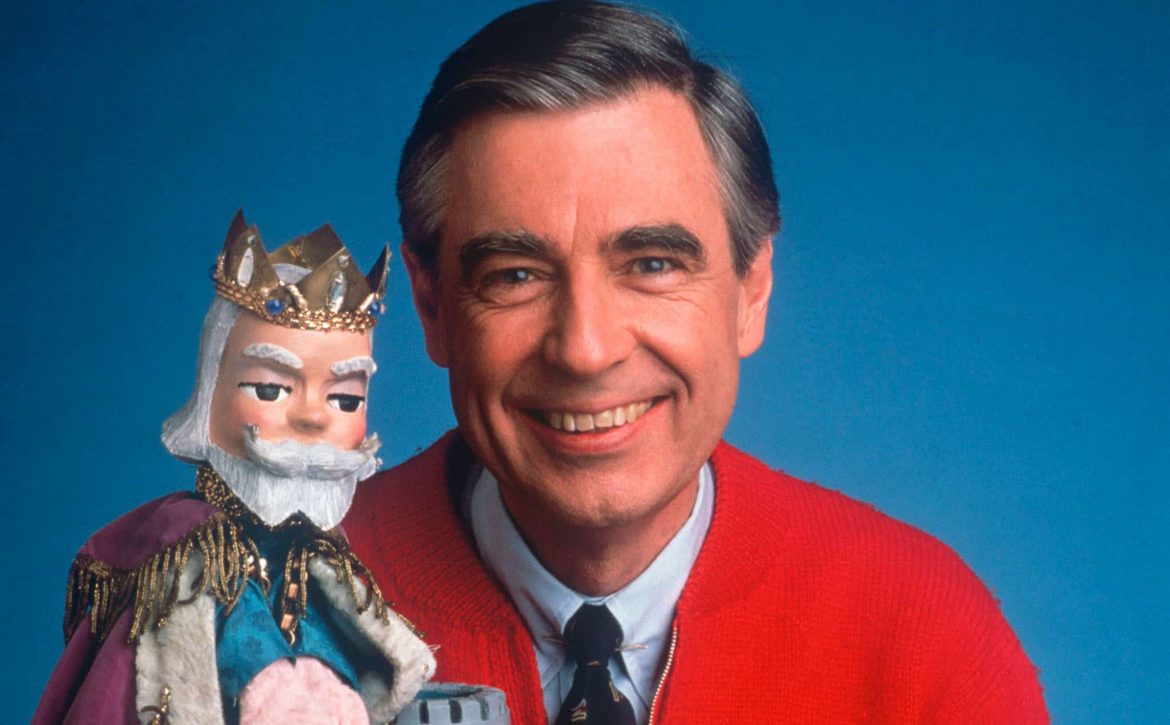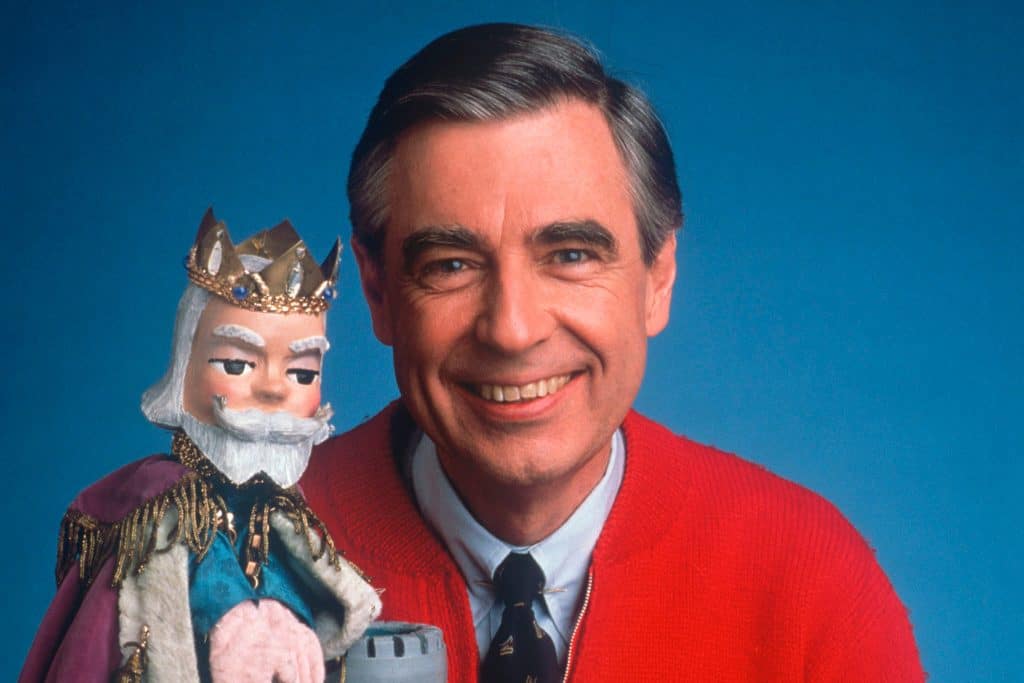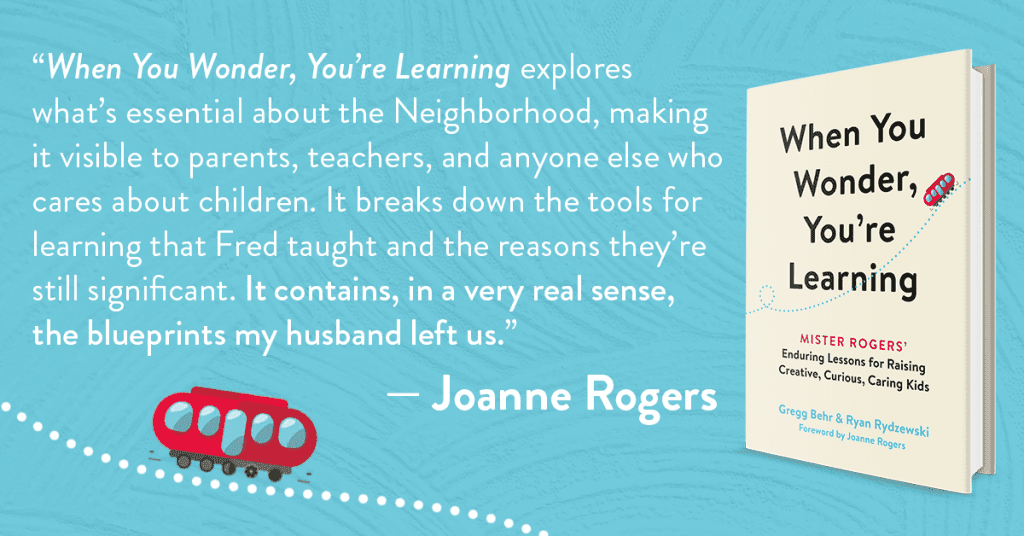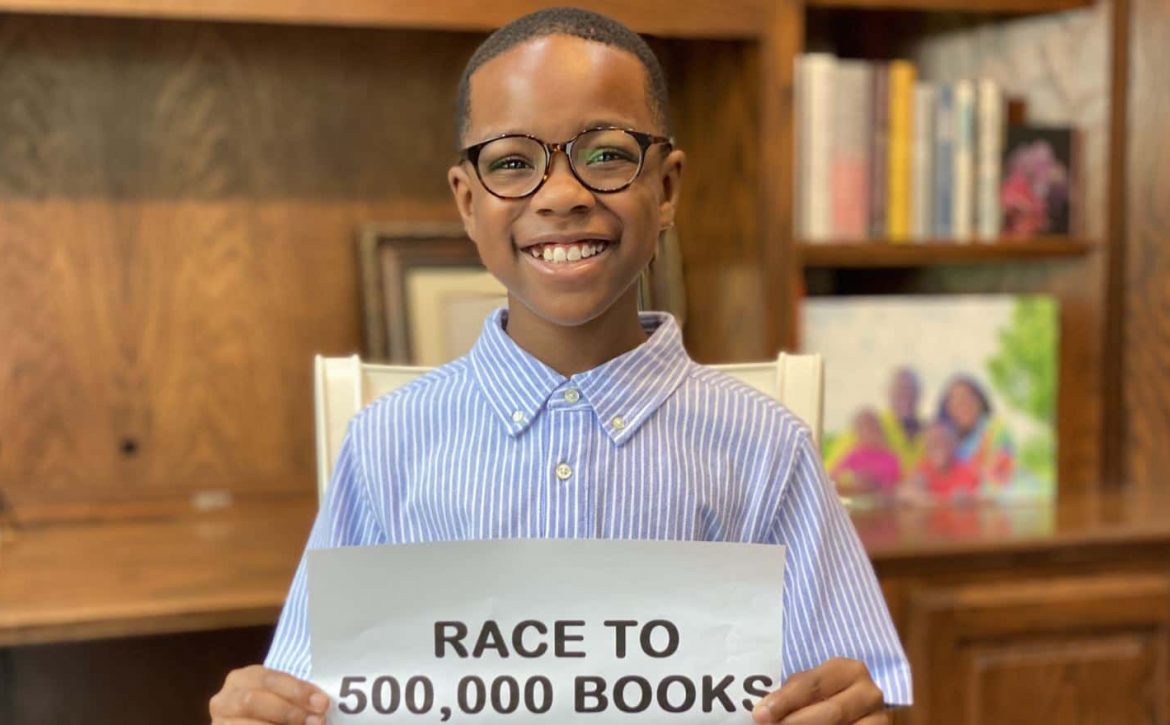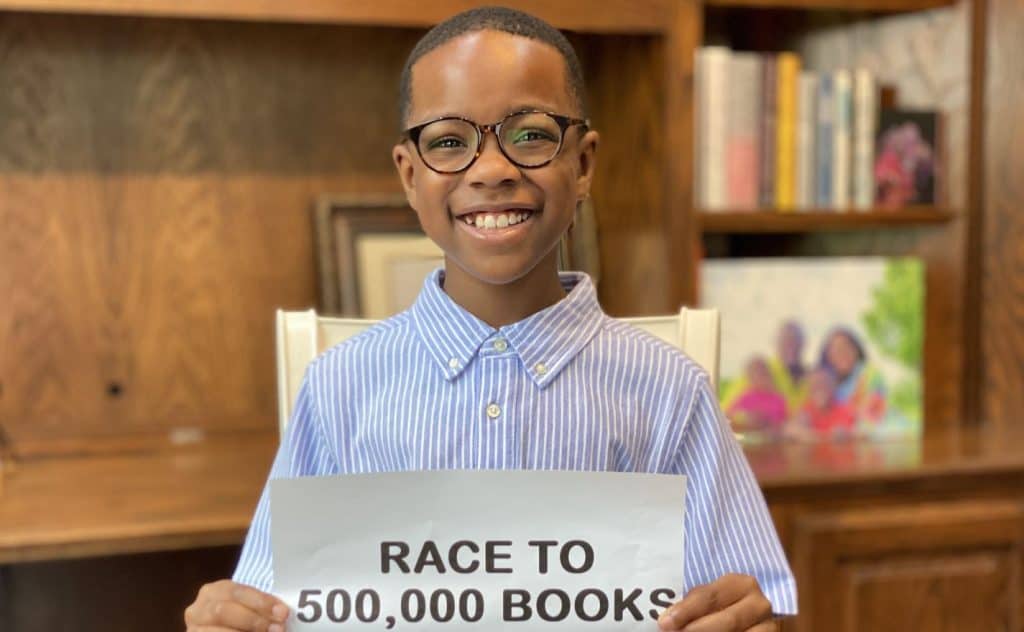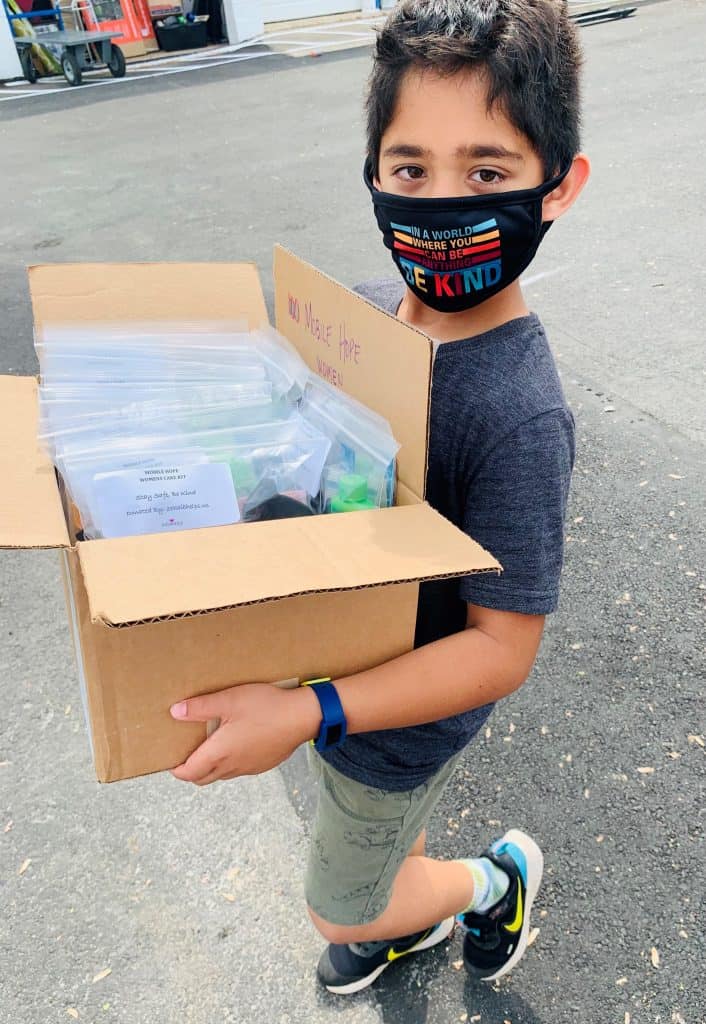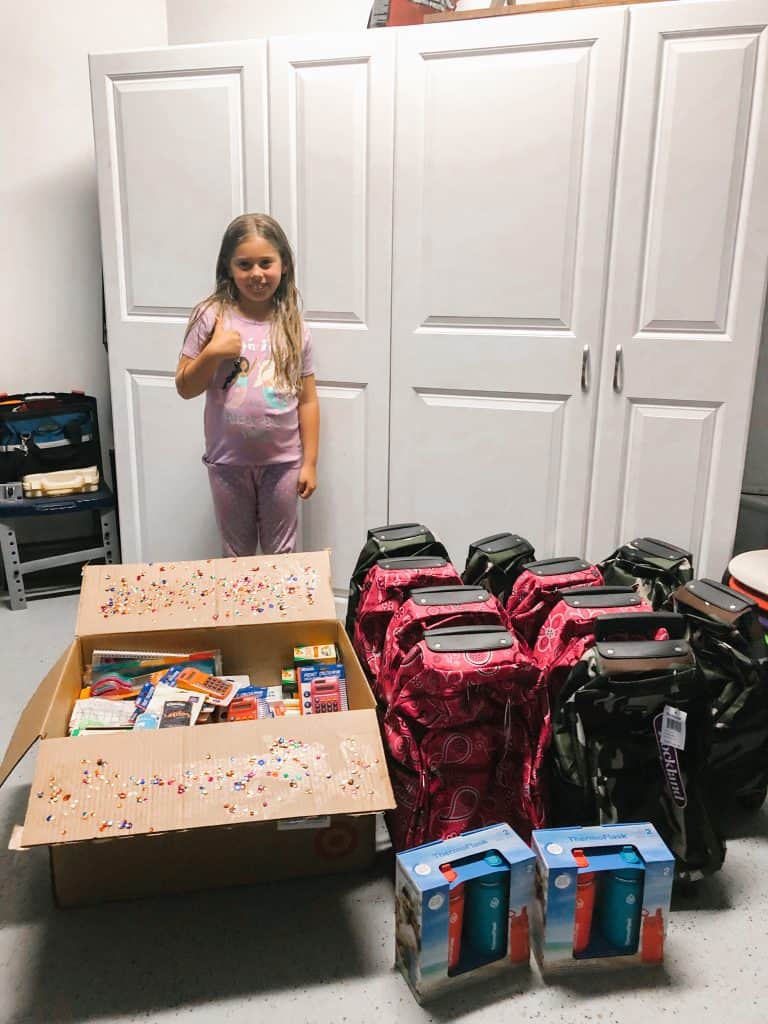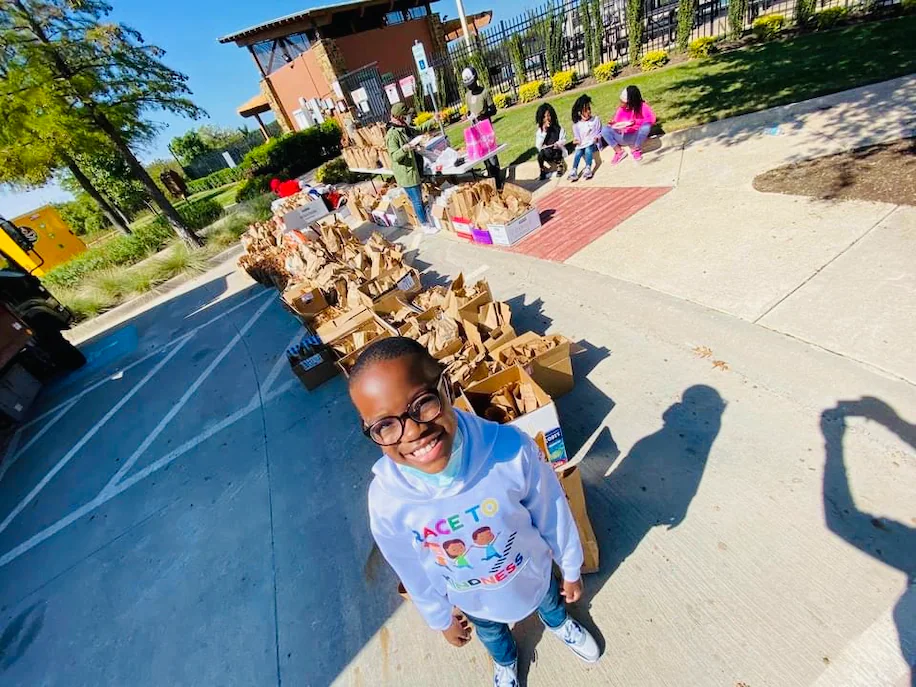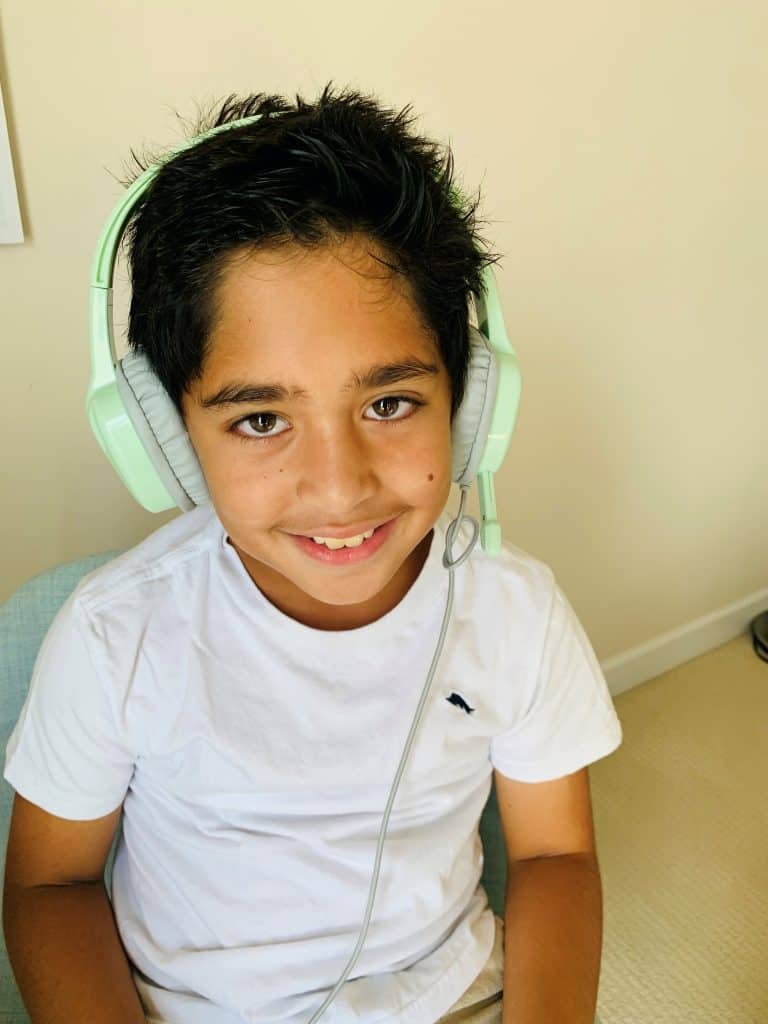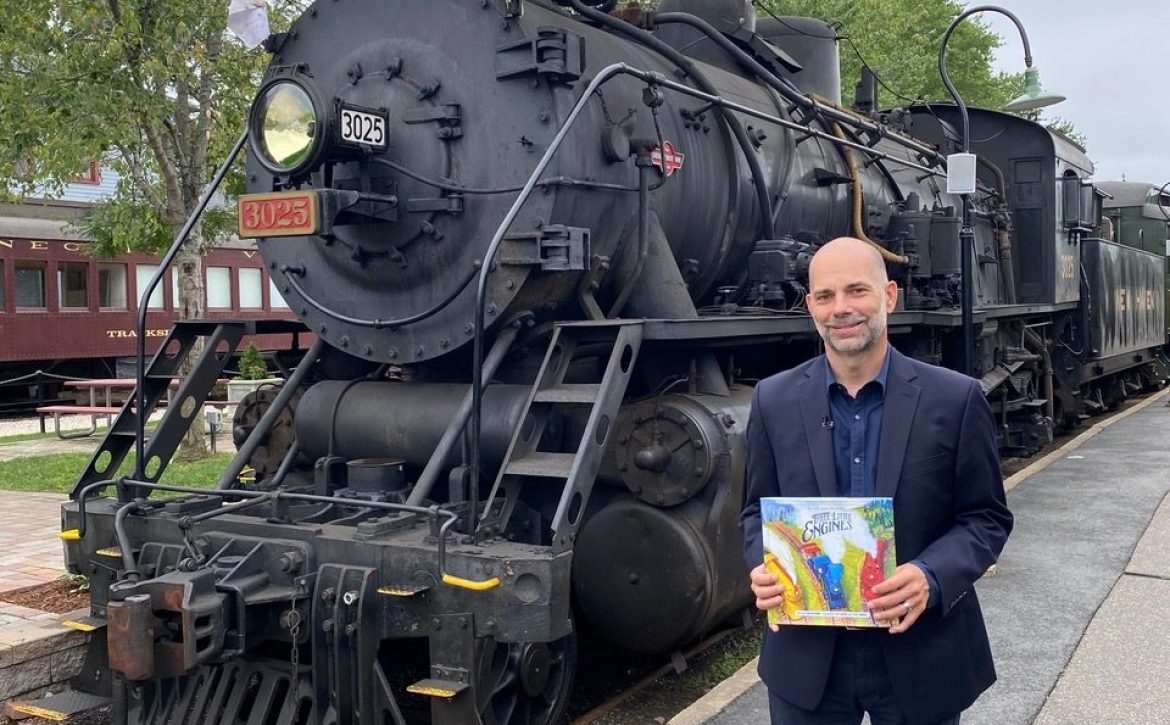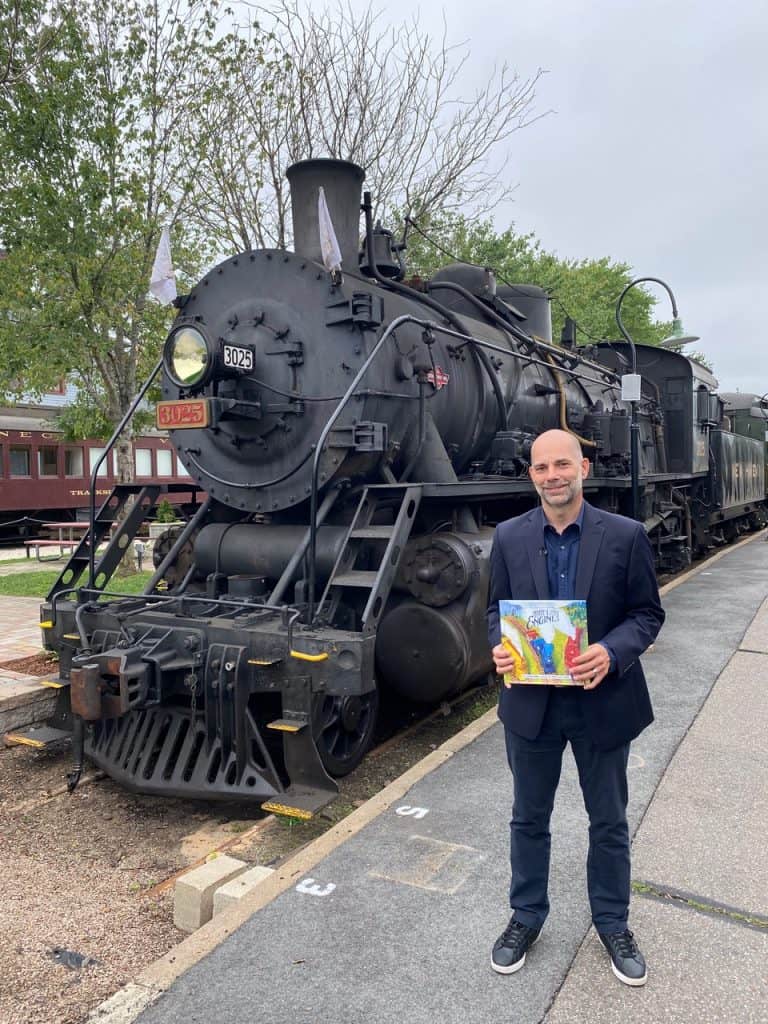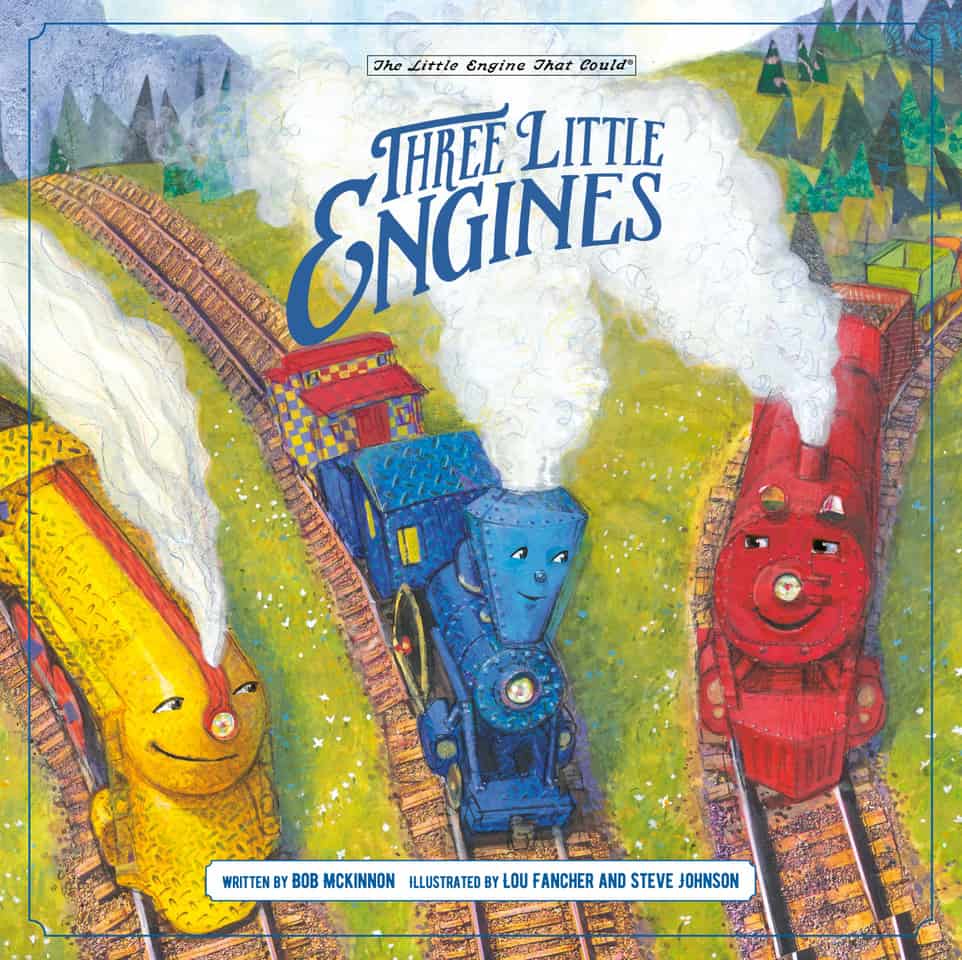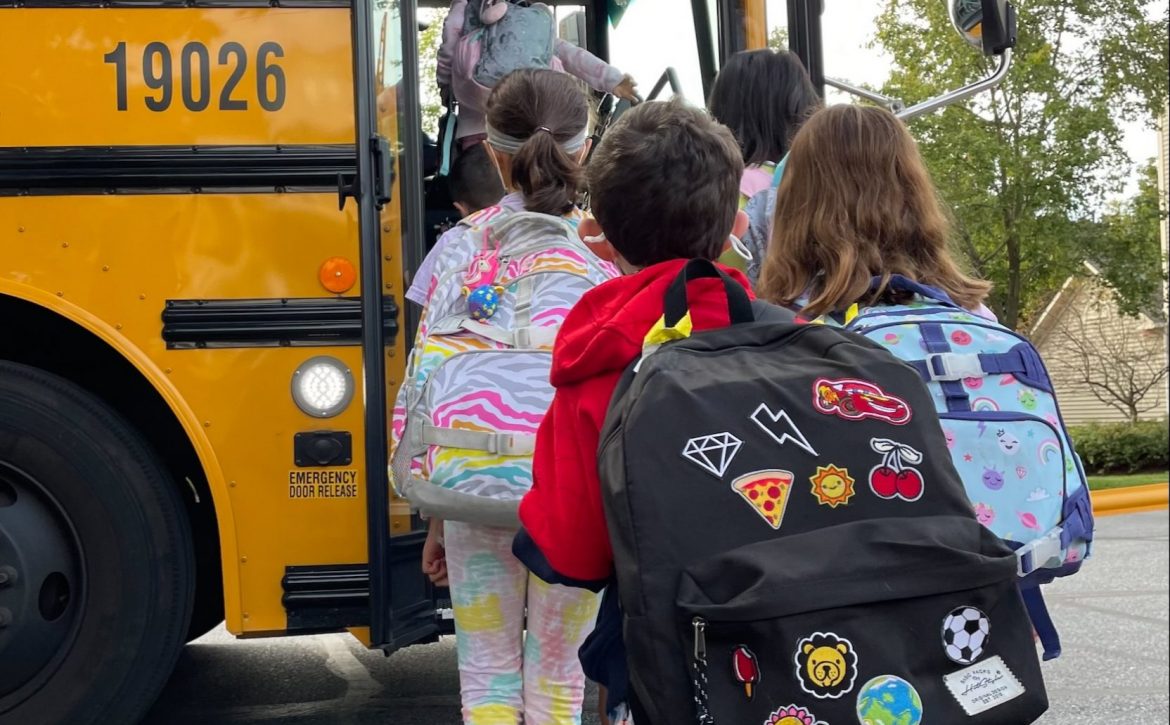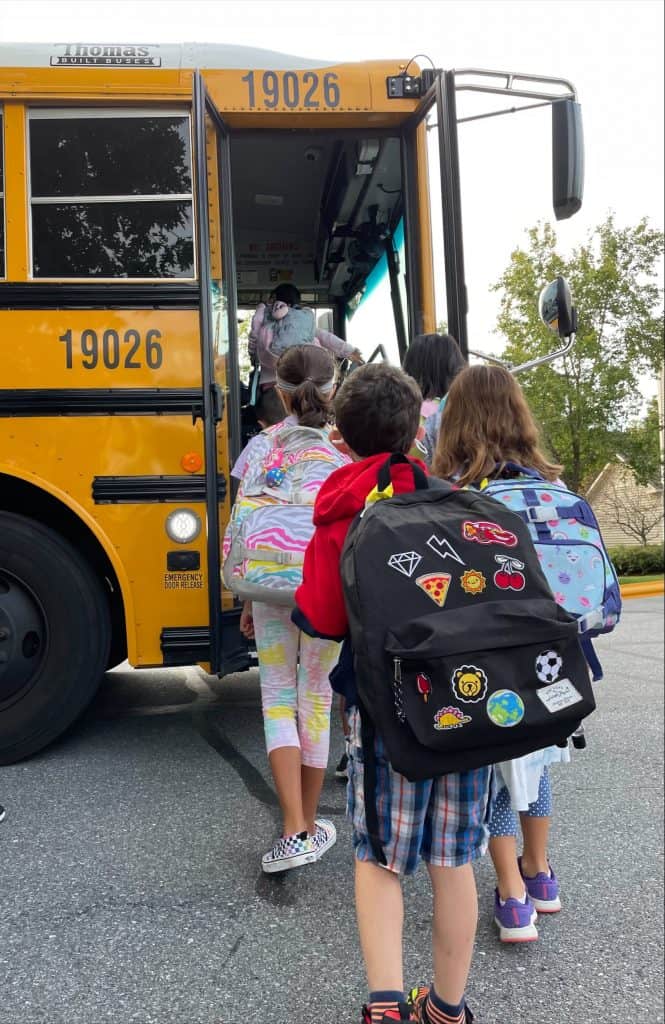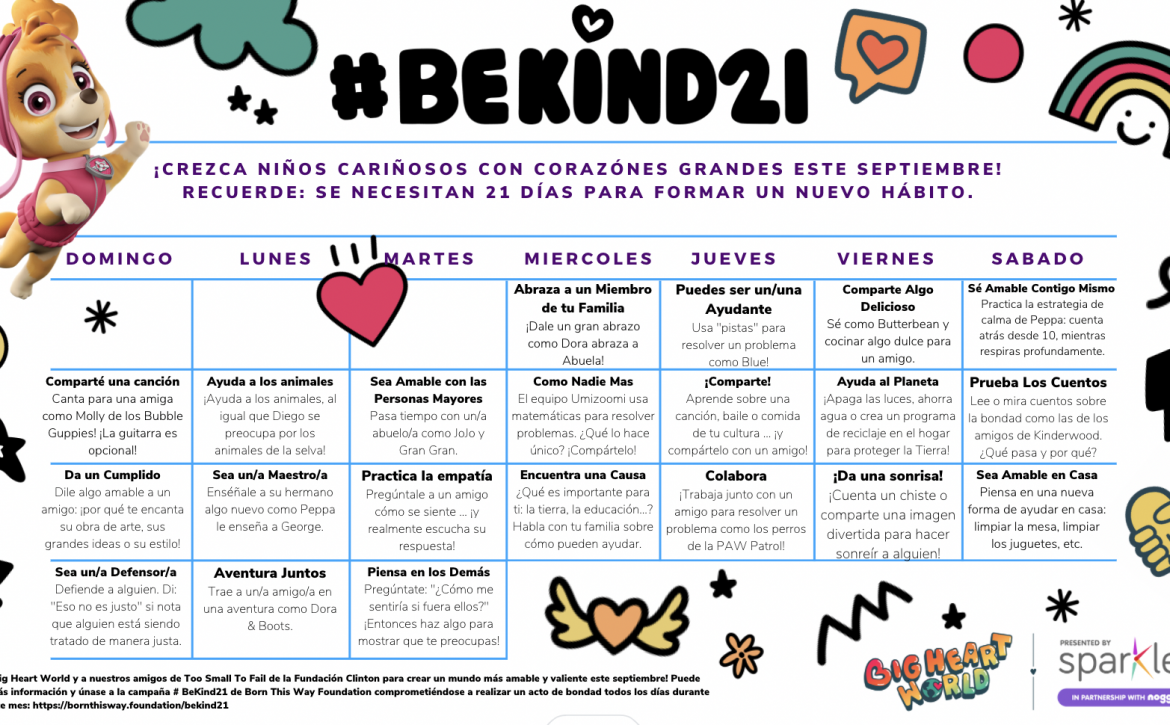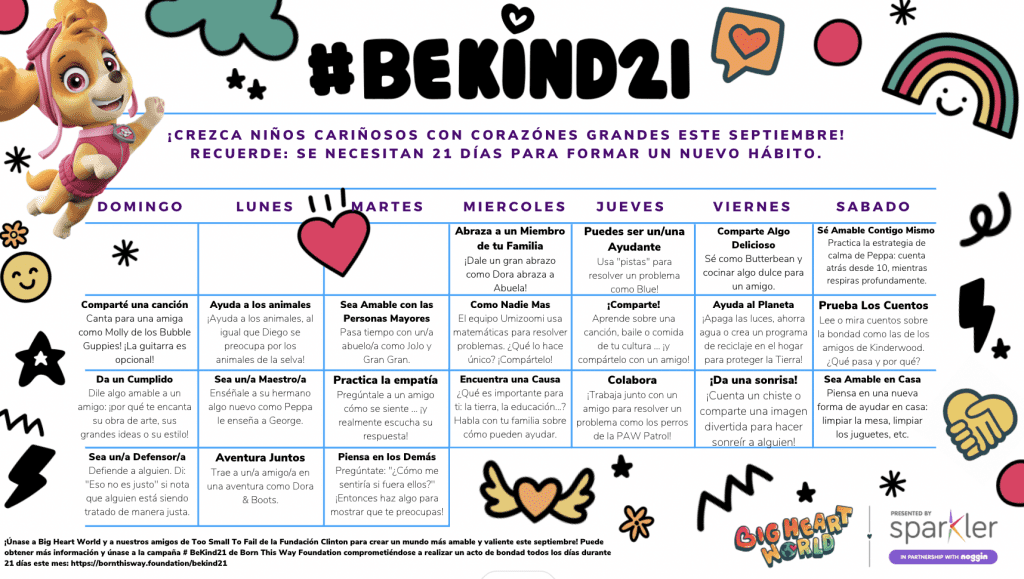The Secret Powers of Teddy Bears
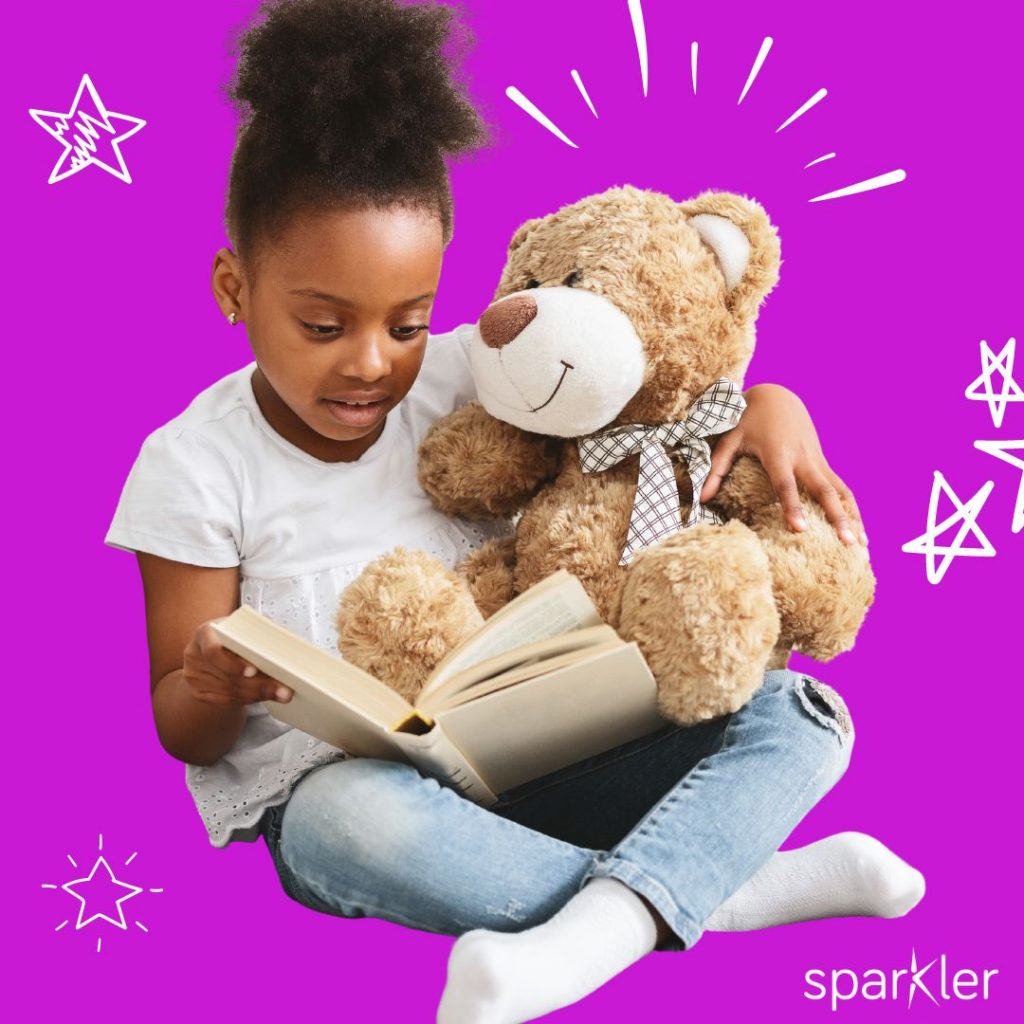
Teddy bears are perfect gifts for the little Valentines in your life. This time of year, shop windows are full of teddy bears and bear puns like “I Love You Beary Much!”
But teddy bears are NOT just cute, cuddly, stuffed toys. They can play an important role in children’s early social and emotional development.
Let’s take a look at some of the secret powers teddy bears have to help children learn important early skills.
Teddy Bear Science
The softness of teddy bears makes them lovable. Many children are attached to inanimate objects, and research shows that more than 90% of those objects are soft like stuffed animals. Research shows that teddy bears — which started as plush toys modeled on wild bears — are now designed and manufactured to optimize cuteness.
Comfort and Security
Teddy bears can be comforting to children.
Research funded by the National Institutes of Health is investigating the role that teddy bears can play in helping children relax and get a good night of sleep.
Other research shows that teddy bears can become “transitional objects” that help children adapt when they are separated from their parents (for example when they go to preschool). “In essence, the object represents the process by which one can navigate life, and experience a homeostatic inner balance, a cohesive sense of well-being at every developmental milestone,” wrote Colleen Goddard, a specialist in child development.
Just hugging a soft bear can be comforting and soothing. Cuddling a teddy bear “evokes a sense of peace, security and comfort,” psychologist Corrine Sweet said.
The physical hug — or even the familiar scent of a teddy bear — can have a calming effect, making it a great tool for children dealing with stressful situations.
Companionship and Communication
Teddy bears can also be friends to young children (and adults, too — but that’s another story!).
Teddy bears can play roles in children’s imaginative play and help children practice communicating with (human) friends. Imaginary play can help children develop their creativity, problem-solving skills, and ability to communicate with others.
Children can talk through problems with teddy bears or invite them to join in their imaginative play — from a teddy bear picnic to playing school with bears to creating obstacle courses with (or for) stuffed bears.
Practice, Practice, Practice!
Teddy bears can also help children learn new skills.
A bear will not judge or rush an early reader who is reading aloud to it. One study found that teddy bears can help children read more. Another found that “teddy bears can give confidence to students to do well in class.”
A bear will happily accompany a child who is trying something new — giving a child the confidence he or she needs to take on a new challenge.
